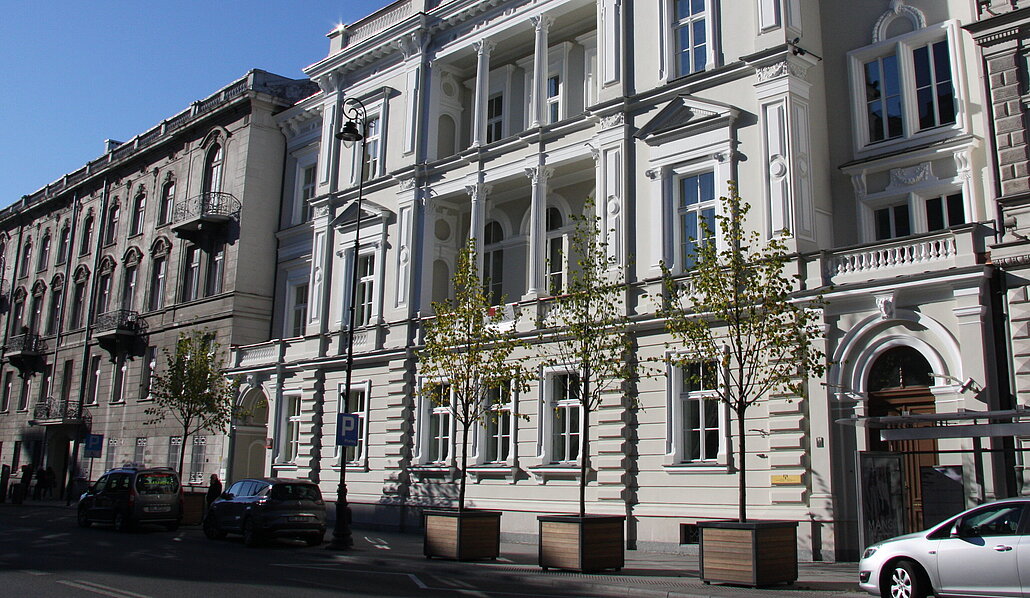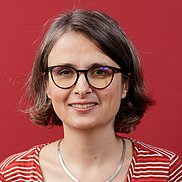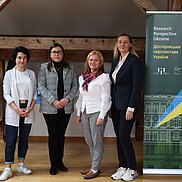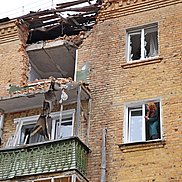The Jewish communities in the former eastern territories of the German Reich, especially in the period from the late 19th century onwards, show a strong organisational involvement into the Centralverein deutscher Staatsbürger jüdischen Glaubens, founded in 1893. Significant impulses came here from German Jews in Greater Poland (or "Provinz Posen" until 1918) and Upper Silesia, where protagonists such as the lawyer Berthold Haase (Poznań), Rabbi David Brauschweiger (Oppeln/Opole) or also the physician Alfred Goldschmidt (Königshütte/Chorzów) were active. Previous research on the Centralverein has always focused either on the association's relationship to the non-Jewish majority in society or on the internal Jewish relationships mostly to the Zionist Association for Germany. This has led to a focus on the Centralverein's Berlin office or other national Jewish associations in Germany.
However, the Centralverein in particular had its first concentration in the then eastern provinces of the German Reich. Thus it is worthwhile to look into regional structures to discover historical development processes and local peculiarities. Looking at the history of the provincial associations and local groups provides a more accurate picture of the defence against anti-Semitism and depicts not only the well-known protagonists of the Berlin central office of the association but also personalities of local importance.
At the same time, however, the interconnections between political, professional, religious and organisational networks become more clearly recognisable, also for the reason that they are always communicated transparently in these networks to the non-Jewish public as well. The defeat of the German Reich and the Treaty of Versailles led to the cession of territory of the "Province of Posen" (Greater Poland), West Prussia as well as the founding of the Free State of Danzig. This led to a considerable shift in the eastern border of the German Empire.
This gave rise to the oddity of the "Centralverband Danziger Staatsbürger jüdischen Glaubens" (Central Association of Danzig Citizens of the Jewish Faith) in the Free State of Danzig from 1920 onwards, which nevertheless remained closely linked to the German Centralverein in organisational terms, as well as the tiny Landesverband Grenzmark-Westpreußen (regional association of Grenzmark West Prussia) in Schneidemühl (today: Piła) with about 50 members.
More detailed background information on the Centralverein regional associations in the former German Eastern territories and the present-day Republic of Poland has not yet been adequately researched. This also includes essential aspects of the Centralverein's defence against anti-Semitism, as well as questions of the ideological-political developments of the association. Meanwhile it were precisely these border regions from which important impulses originated, for example in the question of the transmigration of Eastern European Jews overseas. With the current research project, which is currently hosted by the German Historical Institute in Warsaw, a so far pending, in-depth and systematic study of this region is executed. In an interdisciplinary examination of the history of the Jewish communities in relation with the wrapping network of the Centralverein in the former German Eastern territories 1920-1938, various examples and questions will be discussed during the workshop.
The following questions are of particular interest:
- how did the Jewish communities in the periphery or after the separation from the German Reich develop?
- how did the Jewish communities deal with the confrontation with both German and Polish nationalism, which in both cases led to hostility towards the small minority?
- How was the spread of National Socialism retorted from the Jewish side at the local level?
- To what extent did border regions represent cultural interfaces of Jewish life?
- What memories of these communities still exist today?
- What fate has the material heritage of these Jewish communities suffered?
The workshop is aimed at young researchers (Bachelor's and Master's students, doctoral students) as well as post-docs and post-doctoral researchers from different disciplines and working methods, and at museum and archive staff. For speakers of the workshop, travel and accommodation costs can be reimbursed within the usual limits. Due to the uncertain Covid-19-situation, we are currently planning the workshop both in presence and digital/hybrid. Detailed information will follow soon.
The workshop will be bilingual (Polish and English). In the program, the language version of each presentation is marked in bold. For the other version please click here to download the text documents.
Die Vorträge finden auf Englisch oder Polnisch statt. Die jeweilige Sprachversion ist im Programm fett markiert. Die jeweils andere Sprachversion steht hier zum Download zur Verfügung.
Die Veranstaltung findet im Vortragssaal des DHI Warschau statt und wird zusätzlich per Zoom-Stream übertragen. Alle Gäste des DHI Warschau bitten wir, am Eingang einen gültigen Nachweis über eine Genesung von/Impfung gegen Covid-19 bzw. ein aktuelles negatives Testergebnis vorzulegen.
Link zum Zoom Meeting:
https://us02web.zoom.us/j/81537044752?pwd=eG1YbDVMOWlCQkxZY0ovZ1J0aWd0Zz09
Meeting ID: 815 3704 4752
Passcode: 565995






